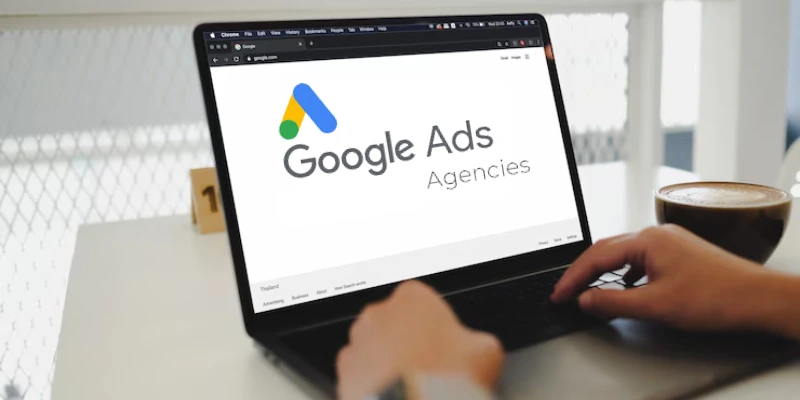Have you ever asked yourself where do you stand in the race of website traffic? More than 75% of users don’t even go to the 2nd page of google to look for alternatives to the service they need. That is why Search Engine Optimization has its own significance. For sure, content is not only the king but the kingdom. But just writing good content cannot be considered as an approach to get good traffic on the website . Optimizing websites is a very important need but that is not all enough. There are many points that need to be considered while making Search Engine Optimization strategies for your website so that it can rank on SERP (Search Engine Result Page). We have gathered some of the best Search Engine Optimization tactics to rank your website faster.
1. Use header tags properly

Headings make website content look better by separating different subtopics and make it easier to read the content. Also, they beautify the blog formatting . Think of a website where there is only text. You surely won’t be able to read for a long time. Using tag properly make your website content refreshing and more readable. You should be aware of when to use H2, H3, and other tags. This practice is very beneficial for the Search Engine Optimization point of view.
2. Let Content Speak

A blog full of text will make it boring even if the content is very interesting and useful. It is not possible for most of the users to read a blog without pictures. Make your blog interactive by adding pictures, gifs, infographics, animations, and other elements. As it is easier to watch something than reading it. This will also increase the amount of time one spends on your website which will boost your ranking later.
3. Pay attention to broken links

Broken links can be harmful to your website ranking. Your visitor expects to find some useful information when he/she come to your website. If a link he/she clicked brings him to an invalid URL, this might bring some disappointment. There are many third-party tools available over the web which can help you to manage your links. They also inform you whenever a link goes offline.
4. Go hand-in-hand with social media

Every business has to be active on social media nowadays. In this way, you can interact with more audience and exchange information with each other. For better results, add social media icons on your website so that the user can also share it with others. You can also make a Facebook page or Instagram account to share your posts. The best part is that it is very easy to manage these social accounts plus they are very effective in getting leads .
5. Take help of question-answer websites

Question-Answer websites like Quora, Yahoo answer are quite popular. People visit these websites to get desired answers and different opinions on various topics. These types of websites have high DA so you can promote and uplift your website rank easily by promoting it on these platforms. You need to answer questions that are related to your service. Make sure there are not many answers available to that question. Write the best answer to that category and provide the link to your website there. Beware that you don’t share too many links on these sites as they can close your account whenever they feel that you are spamming .
6. Keep an eye on your competitor

Keep yourself updated with the competitor’s move. There are tools available on the internet through which you can easily find out where your competitors are getting backlinks and traffic . Also, analyze your competitor’s website and find out what approach they are following for call to action . Find out on which keyword they are ranking and your half job is done.
Also Read: Best Medical Apps For Doctors For The Year 2020 7.
Blog Page to the rescue

Most of the companies and brands have a blog page on their website. They provide quality articles that are related to the services they provide. For example, a digital marketing company might provide blogs on how one can make outbound links easily. Blogging is a good practice from an SEO point of view as well because website content alone is not enough to rank on SERP. https://www.youtube.com/watch?v=MCVw61ZI0m4
Conclusion
By following the right SEO strategies you can rank your website faster but Search Engine Optimization is not just an action but a continuous experiment. You need to try different methods to engage the audience along with taking care of their comfort. In between, you have to find a way to sell your services. So, if you are having any queries or confusion about this then you can contact the best Digital Marketing Company. Don’t hesitate to call our executive at +44-1256-274012 or drop your inquiry at sales@jploft.com or Free Quote at- https://www.jploft.com/contact-us .













Share this blog